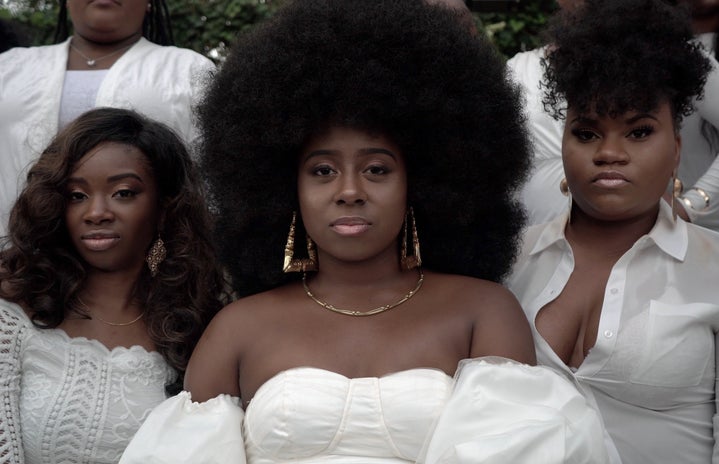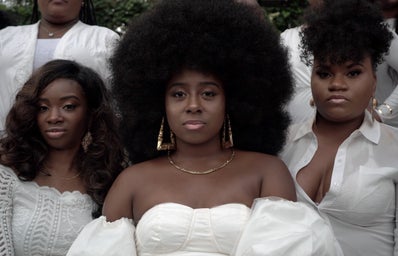Colorism. It’s a word that’s often used but do you know the actual meaning of it and why it has greatly impacted so many people’s lives daily? The division of skin color isn’t a new concept, in fact, it’s been around for centuries. The idea that lighter skin is more favorable or “easier on the eye” to the majority, simplifies the definition. Not only is this a concept that many people face in their day to day lives, but it’s also something that unfortunately plays a huge part in Hollywood.
When you ask the average person to list off some black actresses, the most common answers are always predictable. Many will say Yara Shahidi, Zendaya, Lupita Nyong’o, Zoe Saldana, Halle Berry, Viola Davis, or Amanda Steinberg. I want to be clear when mentioning these actresses— they’re extremely talented and hardworking women that dedicated their lives to the art of acting. That itself is commendable and aspiring to many young girls watching around the world. However, there’s something else very noticeable within that group, complexion. It’s almost as if Hollywood picks from the same roster, and sprinkles in a few darker-skinned women. It seems like the same actresses are picked time and time again, often for roles that were intended for darker-skinned black women.
In fact, there are quite a few examples of lighter-skinned women being picked for roles that were meant to portray historical or important dark-skinned black women. In 2016, the movie Nina was released and faced a lot of backlash because of the casting choice. The movie was supposed to be a biopic of the late great, Nina Simone. Many dark-skinned women auditioned for the role, yet the role was given to the actress Zoe Saldana. To make the situation even more unsettling, they painted Zoe’s skin darker and added prosthetics to her face, to “give” her unambiguous black features that she didn’t have. So not only did Hollywood refuse to give the role to someone more fitting, they had to darken the skin of an actress so she could somewhat resemble Nina Simone. That itself speaks volumes about the colorism issue that’s deeply embedded in Hollywood.
When the widely anticipated movie The Hate U Give was released, it was also widely disputed due to the casting choice. On the book, the main character was illustrated as being dark-skinned. However, Hollywood casted Amanda Steinberg for the main role. The illustrator of the novel, The Hate U Give, Debra Cartwright, spoke up about the poor casting choice stating, “I was hoping for a very brown-skinned actress because there’s so little opportunities in these big movies for darker-skinned actresses.”
People have also spoken out about Halle Berry and Alexandra Shipp being casted as Storm, who was drawn as a dark-skinned superhero. Or the incident when Anika Rose, the voice of Princess Tiana, had to meet with the illustrators working on the film to ask them to darken the complexion of the character due to how light she was originally drawn.

In case you’re asking yourself, why does this matter, aren’t they all black? It matters because darker-skinned women don’t get enough positive representation in the film industry. Darker-skinned women aren’t being picked for roles when they’re just as qualified as someone of a lighter complexion. Zendaya bravely spoke out on the issue saying, “I am Hollywood’s acceptable version of a black girl.” Her statement rings true to the blatant disregard for diversity in Hollywood.
I can only hope that the new year brings in new casting agents and that they’re all truly looking for talent and not what’s most “acceptable” to the majority.



